We don’t have the answer to “Which came first, the chicken or the egg?” but we can teach you How to Choose Quality Eggs!
Choosing eggs should be simple.
It really should be but with so many terms plastered on egg cartons these days, it’s hard to know for sure which eggs are the best eggs so that’s why today we’re talking all about how to choose quality eggs as part of our Real Food 101 Series.
Want more Real Food 101? Check out these posts to get your fill of knowledge and become a savvier shopper: How to Choose Quality Red Meat, Understanding Poultry Labels, and How to Choose Safer Seafood.
But for now, let’s talk about how to choose quality eggs, shall we?
So. Many. Terms.
Nowadays, it’s virtually impossible to pick up a carton of eggs in the store that doesn’t have a smattering of terms splashed all over the label. From cage-free to vegetarian-fed to farm-fresh, we’re cracking open the mystery behind those terms to help you be a smarter shopper.
American Humane Certified: American Humane certifies three types of humane laying hen housing: Cage-Free, Free-Range, and Pasture. Each type meets their rigorous animal welfare standards. To learn more about specifics such as the minimum amount of square feet per hen, type of outdoor enhancements, etc.
Antibiotic-Free: Hens that produce certified organic eggs are not given antibiotics unless absolutely necessary (in which case, their eggs can no longer be sold as organic) so you probably won’t see the term ‘antibiotic-free’ on cartons of organic eggs. Hens who produce eggs for the conventional stream, however, may receive antibiotics in their feed and/or water. If they do, then the Food and Drug Administration (FDA) disallows the use of this term on the label.
Cage-Free: This simply means that the hens are not kept in cages but they may still be packed wing-to-wing and beak-to-beak in overcrowded barns which put them at risk for disease transmission, aggression and less than sanitary living conditions. Our take is that cage-free is a start but it’s only part of the story if you’re concerned about animal health and welfare. You’ll need more information from the label or the companies website to determine how the hens were raised.
Farm-Fresh: Though this term may bring to mind bucolic farms set amongst a sea of rolling green pastures, it has absolutely no weight behind it and is not regulated so you can ignore it.
Fertile: Rumor has it that fertile eggs (from hens who’ve been hanging around the rooster) are more nutritious but this doesn’t appear to be wholly backed by science. All commercially raised eggs are non-fertile. Though it isn’t harmful to eat fertilized eggs if that’s what you have access to they may not worth paying more or going out of your way for.
Free-Range or Free-Roaming: Here’s another unregulated term that gives you a little information about hens’ living conditions. This term simply indicates that the hens were not kept in cages and that they had access to the outdoors. It does not, however, tell you anything about how much access they have (i.e. the number of hours per day), whether or not that access leads to grass, dirt, or cement, and finally, whether or not the hens even take advantage of that access. In overcrowded barns with small doors that open to ‘egg porches’ (screened-in cement areas) hens may not be able to even get to the doors to use them when they’re open.
One exception to this rule is a term coined by our friends at Organic Valley: “Free-to-Forage”. Chickens are naturally social animals but they also enjoy free-roaming, dust bathing, perching or roosting, and pecking around for bugs and grubs in the grass and under leaves and straw. Though not a regulated term, it means that their hens have all been giving free access to pasture, fresh air, and sunshine. In addition to healthy feed, cage-free living, and other basic care, they also supply their hens with behavioral and environmental enhancements such as trees or structures to provide shade and a feeling of security, both grass and dirt areas in the pasture where the birds can scratch and dust-bathe, a variety of grasses of different heights to attract bugs and give the chickens places to explore, plenty of doors to encourage hens to go outdoors, and natural lighting and perches in the barn. (Note: This post is not sponsored by Organic Valley. We just wanted to point out a term that, though not regulated, actually has standards in place that are monitored and part of the requirement to be an egg producer in the Organic Valley cooperative of family farmers).
Another exception is the third-party certification from Animal Humane Certified, a voluntary third-party animal welfare audit program that helps ensure the humane treatment of food animals raised in the United States (see more above).
Hormone-Free: By law, hormones cannot be administered to poultry in the United States so you can ignore this term on the label (the same goes for when you’re purchasing poultry products for dinner. Read more about understanding poultry labels here.)
Humane Farm Animal Care: Certified Humane Animal Care touts themselves as “the leading non-profit certification organization dedicated to improving the lives of farm animals in food production from birth through slaughter.” They are a third-party certifying organization whose label communicates to consumers that the food products have come from facilities that meet precise, objective standards for farm animal treatment. Click here to learn more about the animal care standards for laying hens required for eggs to carry this label.
Natural: You probably already guessed that this is another bunk term when added to egg cartons since it really only signifies that nothing unnatural has been added to the eggs.
Omega-3: Eggs from hens that are allowed to roam on pasture and eat bugs and grasses are naturally higher in omega-3’s. Most eggs labeled Omega-3, however, have been given feed that was supplemented with omega-3’s (usually from flax seeds or fish oil).
Organic or USDA Certified Organic: To be able to claim ‘Organic’ on their labels, farms must be certified organic and feed their hens organic chicken feed which contains only approved-pesticides, no-GMO ingredients, and no chicken or mammal byproducts. The hens must also be cage-free and have access to the outdoors as weather permits.
Pasteurized: Pasteurized eggs are regulated by the FDA. Shell eggs are subjected to enough heat to destroy potential pathogens but not enough to cook them. These eggs are often recommended for those who are immune-compromised.
Pastured or Pasture-Raised: Though not a regulated term, it’s often used to indicate that the hens who laid the eggs spend most of their days on pasture. Because chickens, like most animals, need protection from the weather and predators they can’t spend their entire lives outside. They still need barns or coops in which to retreat at night and during adverse weather conditions. To find out whether or not the eggs you’re buying are truly from pastured hens you need to do a little research. If the farmer is local, ask how the hens spend their days. If you’re buying eggs in the store, check the company’s website or give their customer service department a call to find out more information.
UEP Certified Regular and Cage-Free: The United Egg Producers oversees the use and standards of this term which, according to their website, means that “eggs are produced by hens raised on farms dedicated to responsible, science-based methods to ensure optimal hen care for both cage and cage-free housing”. In order to use this logo, producers must implement the UEP Certified standards on all farms, which is verified by third-party audits.
Vegetarian-Fed: The natural diet for all chickens is one that’s high in protein and carbohydrates. Chicken feed is the main source of nutrition and may consist of soybeans, corn, barley, oats, rye, wheat, and other grains plus seeds for fat. Choosing organically produced eggs means the feed the hens ate was organic, free of synthetic pesticides and non-GMO. Chickens also love to peck around for bugs and grubs. And occasionally they’ll snack on tender green grasses or leaves but they’re not grazing animals so grass doesn’t make up a big part of their diet and bugs and grubs contribute only a small amount of protein because they’re more for satisfying a chicken’s natural tendencies to scratch and peck than anything else.
Other terms you might see on egg cartons and what they mean.
Size and Grade: Eggs are graded not only by quality (Grades AA, A and B) but also by size, ranging from peewee, small, medium, large, extra-large and jumbo. Recipes (including ours) typically use large eggs unless otherwise specified. If you’re curious about how the sizes differ or how you can use them interchangeably in recipes, check out this post which includes a handy chart and tips for substituting eggs of different sizes in your recipes.
According to the U.S. Poultry and Egg Association: “Eggs are graded based on their quality and appearance. Grade AA eggs have thick, firm whites and high, round yolks. Their shells are clean and unbroken. Grade A eggs are like Grade AA, but their whites are “reasonably” firm. Grade A eggs are usually sold in stores. Grade B eggs have thin whites and wider yolks. The shells are unbroken, but might show slight stains.”
Brown vs. White: Whether the egg is brown or white has no bearing on its nutrition. Different breeds of laying hens lay different colors of eggs. Eggs can be white, brown, tan, speckled, or even pink, light blue or olive green depending on the breed. What’s important when determining how to choose quality eggs isn’t the color of the egg but rather how the hens who laid them were raised.
Our recommendations:
As with red meat, poultry or seafood and shellfish, our recommendation is to choose the highest-quality eggs available in your location and budget, keeping in mind the care and welfare and environmental aspects whenever possible. Local farms and backyard flocks are one of the best places to source eggs but grocery stores can also be a great place to source this excellent protein source when you know how to choose quality eggs. Take the time to read the labels and use what you’ve learned here to make the best choice for you and your family.
Hungry for more?
Eggs are one of the most versatile foods since they can be used in both sweet and savory recipes and they’re a relatively inexpensive source of protein – even if you spring for the more expensive ones. If you’re looking for delicious recipes using eggs, you’re in luck because we’ve got many to choose from. Here are a few of our favorites:
- How to Make Easy-Peel Hard-Boiled Eggs
- Greek Yogurt Deviled Eggs
- Low-Carb Mock Potato Salad
- Buffalo Ranch Egg Salad
- Buffalo Chicken Egg Muffins
- Sweet Potato Turkey Sausage Egg Bake
Pin this & Share the love!
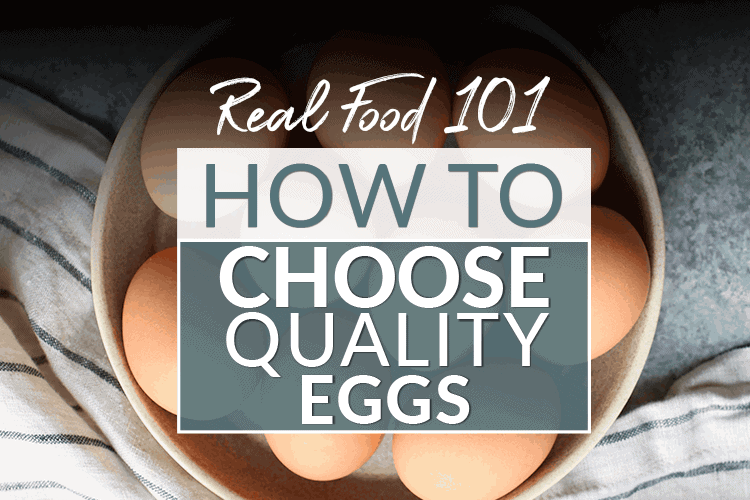


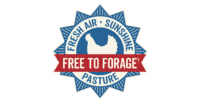







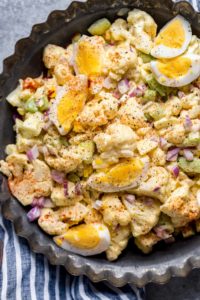
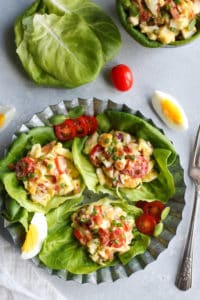

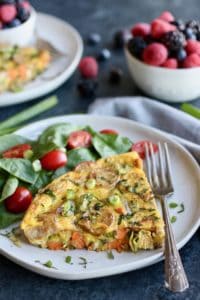
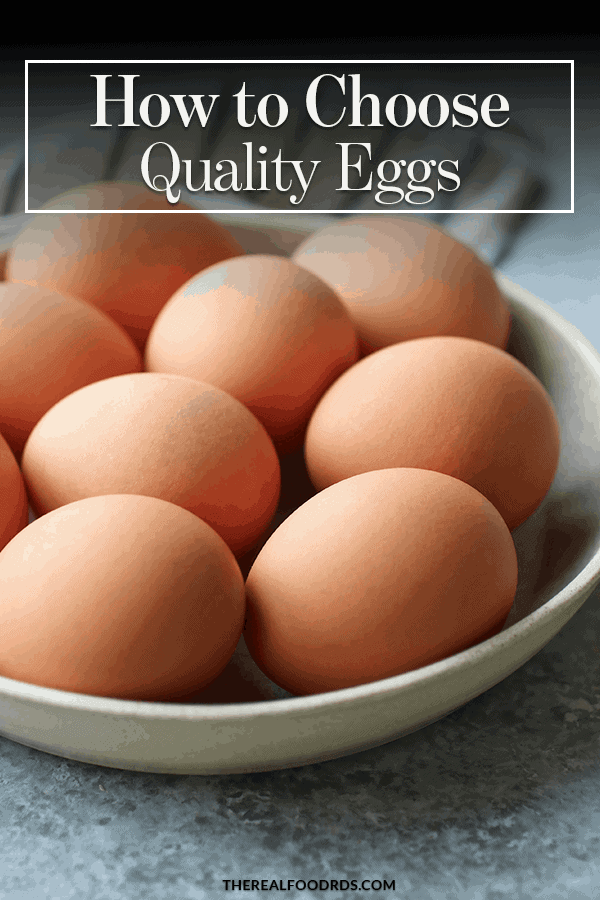
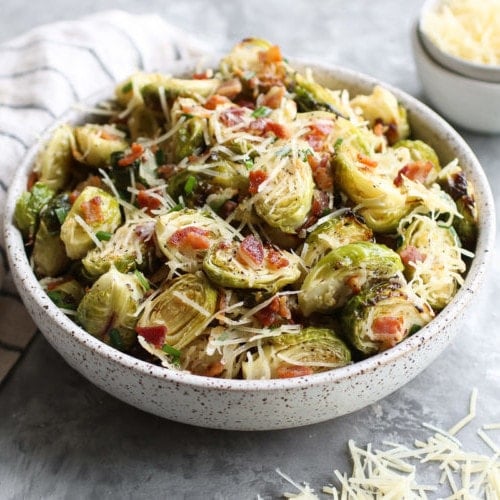
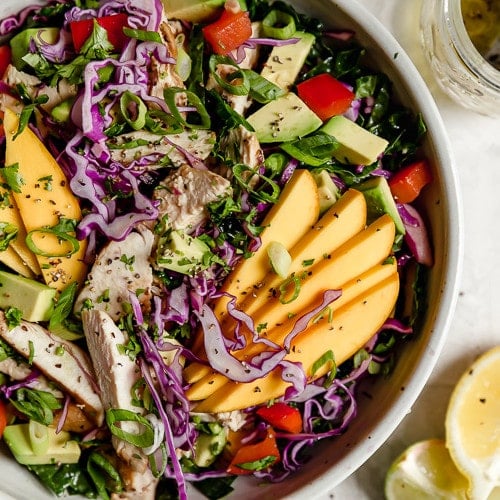
What kind do you each typically buy?
Hi Gina,
Great question! We still keep a small flock of layers in our backyard so they supply a portion of our eggs but we also buy Organic Valley eggs when we need more than that. Stacie exclusively buys Organic Valley eggs because they’re easy to find in her area of southern MN. Vital Farms also has great eggs!
Is it my imagination or are eggs smaller than they once were? I know size is regulated, but is the regulation enforced? Or have they changed over the years?
According to the USDA, each of the six different weight classes must meet a certain minimum net weight per dozen eggs:
Peewee eggs: 15 oz
Small eggs: 18 oz
Medium eggs: 21 oz
Large eggs: 24 oz
Extra-large eggs: 27 oz
Jumbo eggs: 30 oz
For more info on this topic check out this post: https://www.masterclass.com/articles/what-are-the-different-sizes-of-chicken-eggs-egg-size-conversion-chart-for-baking#quiz-0